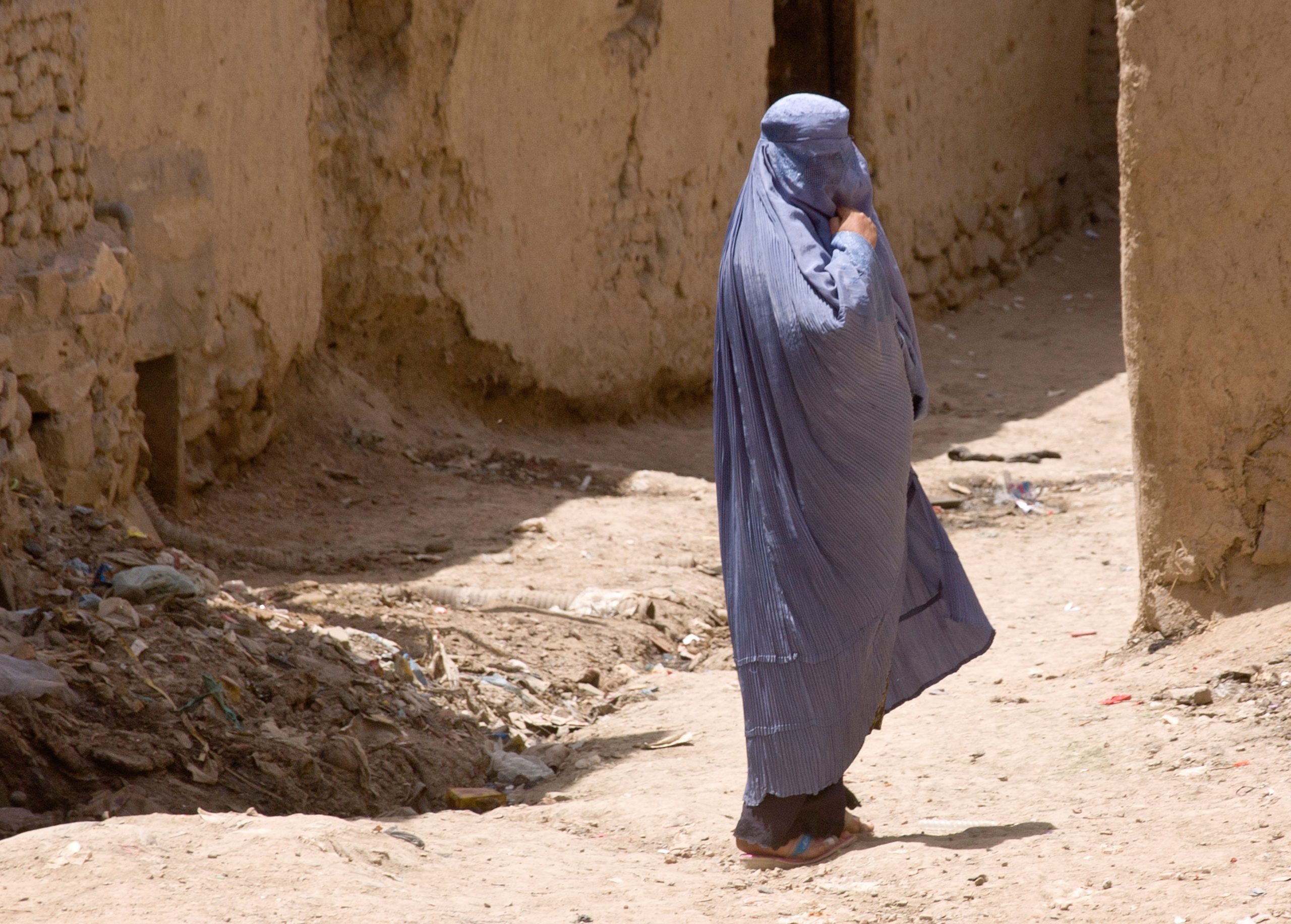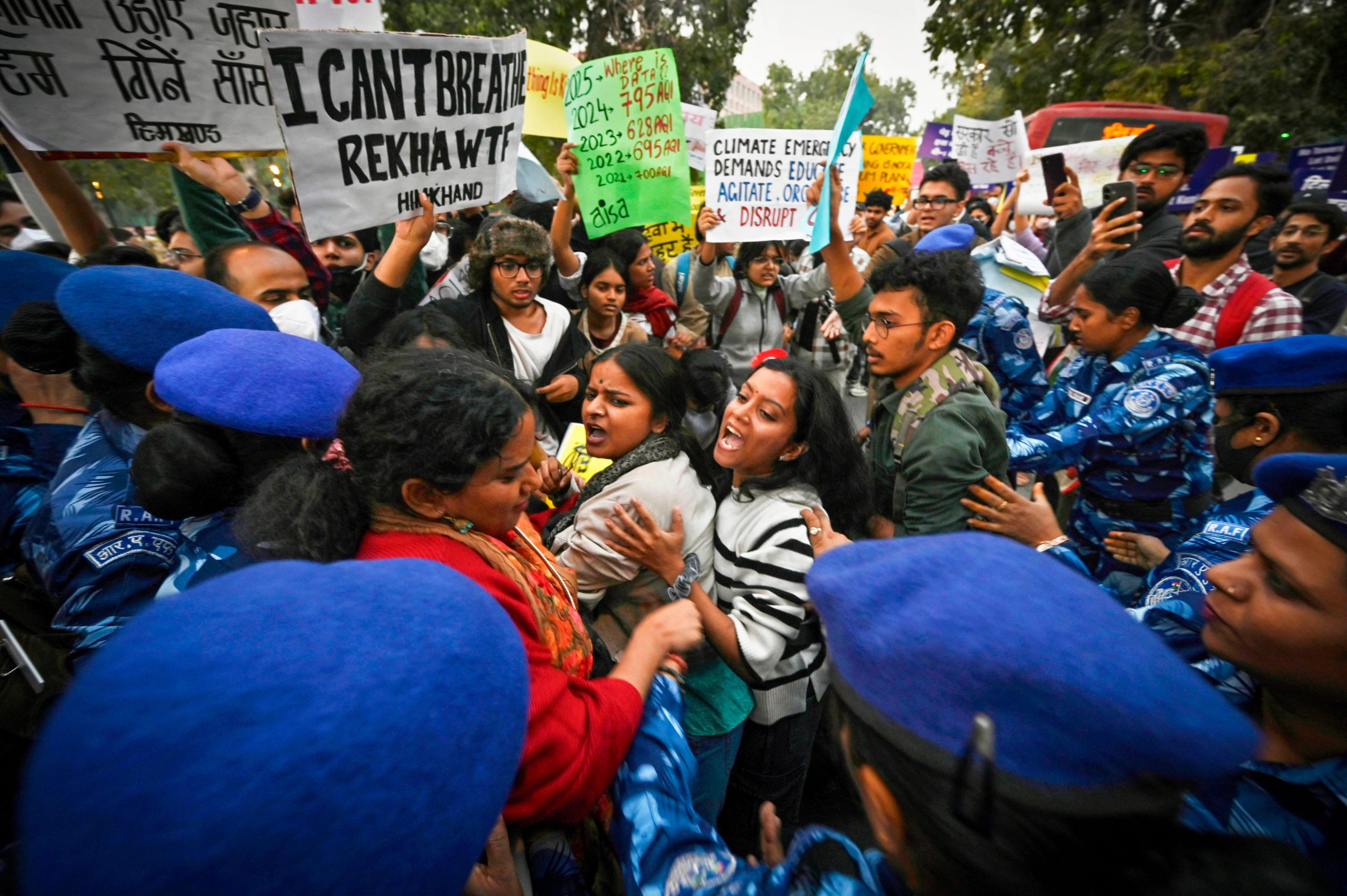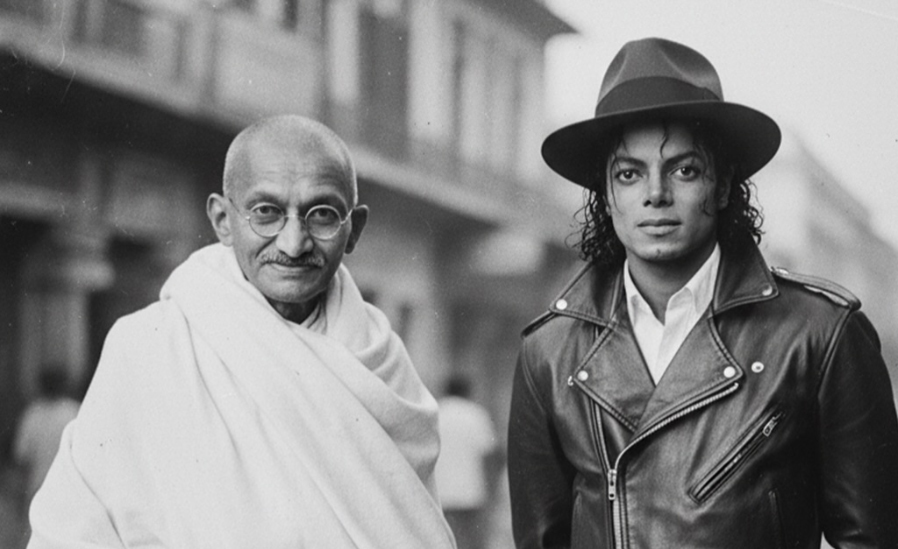The aftermath of the collision of two high-speed trains near the Chinese city of Wenzhou on 23 July has demonstrated that the limits of free expression in China are being tested more than ever before. Government officials keen to stifle public criticism have faced a backlash from defiant reporters and netizens.
The authorities say the crash, which killed 40 and left 191 injured, was caused by faulty signals, but the disaster is proving to be a major headache for Beijing. The government has swung from suppressing information to pledging greater openness around “sudden-breaking events and problems of key concern to the people”.
As Alice Xin Liu wrote on this blog last week, within hours of reporting the disaster, journalists received directives from the Central Propaganda Department demanding positive coverage. Reporters were told to focus on “extremely moving” stories, within an overall theme of “great love in the face of great disaster”. They were ordered not to question or elaborate on the causes of the crash and reminded that “the word from the authorities is all-prevailing”.
These official weekly instructions are usually heeded. This time, however, journalists were not as submissive.
A Saturday edition of the respected business paper, The Economic Observer, ran a nine-page feature with the headline, “No Miracles in Wenzhou”. The accompanying editorial was written in the form of a letter to a two-year-old girl found alive in the wreckage 21 hours after the crash, and several hours after rescue efforts were officially called off. Her discovery had earlier been deemed a “miracle” by a railway ministry spokesman. The editorial asked the child,
When you’re grown, will we and this country we live in be able to honestly tell you about all the love and suffering, anger and doubts around us?
Even the Communist party mouthpiece, the People’s Daily, ran an editorial saying “we do not want a GDP that comes with blood”.
The Beijing News was less blatant. It ran a front-page article about the breakage of a Song dynasty bowl at a Beijing museum, with six shattered pieces representing the six derailed train carriages .
The authorities then attempted to rein in the media, asserting that “public opinion inside and outside China has begun to become complex”. Wang Qinlei, a producer for state broadcaster CCTV, was suspended over his programme 24 Hours, which featured footage of hospitalised victims and questioned whether the state was putting economic progress before its citizens’ welfare. Meanwhile, Chinese Business View was forced to pull three pages from its 29 July edition that had featured a variety of damning editorials, with one titled, “The Only Road to Rebuilding the Public’s Trust is to Seek Out the Truth”.
Alongside the refusal of state organs to tow the party line, officials have also had to manage an onslaught of anger and criticism from China’s internet users, who currently tip the scales at almost half a billion.
Users on Sina Weibo — China’s wildly popular answer to Twitter — furiously posted in their tens of millions, criticising the leaked propaganda directives and the government’s handling of the crash. 93 per cent of participants on a poll carried out by the microblog just days after the accident claimed they were “very dissatisfied” with the state’s response.
Public anger went into overdrive when footage emerged of officials apparently burying a train carriage soon after the crash. Accusations of a government cover-up poured in, with videos of the burial being posted across Chinese video-sharing websites. In response, Premier Wen Jiabao pledged a “thorough probe” into the crash.
What makes this tragedy — and its media fallout — all the more significant is that it is a display of precisely what Chinese journalists, netizens and the wider public had long feared and openly lamented: corruption scandals, questionable safety standards and an obsession with economic growth at the expense of the masses’ interests.
Combine these factors and the Communist Party is left under greater pressure than ever to speed up its political reform and put the brakes on its intense economic growth. Just how quickly or effectively this balance will be addressed remains to be seen, but the government’s authoritarian model of dealing with ever-expanding social forces is proving shaky. An increasingly defiant body of journalists and trailblazing netizens who are asserting their right to know, to express and to critique.
The authorities might hope public anger will cool but the Wenzhou tragedy caps a long sequence of attempts to cover up scandals — from tainted milk to fatally shoddy construction — and contain a fallout of public opinion that could damage the Communist Party’s legitimacy as the voice of authority. Having now been catapulted by such a poignant disaster that taps into several facets of public discontent, it is doubtful that this novel pressure for a more open media system in mainland China will ease anytime soon.




